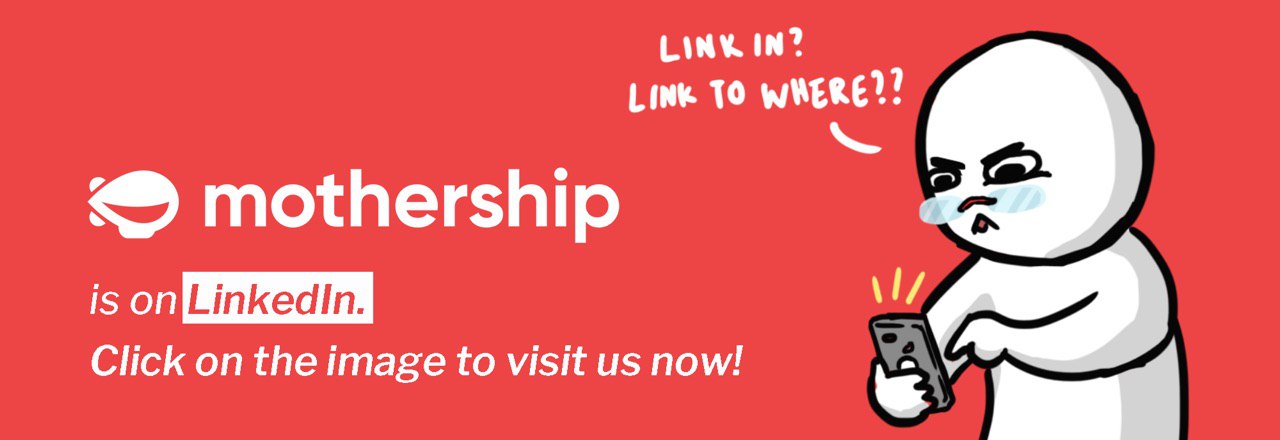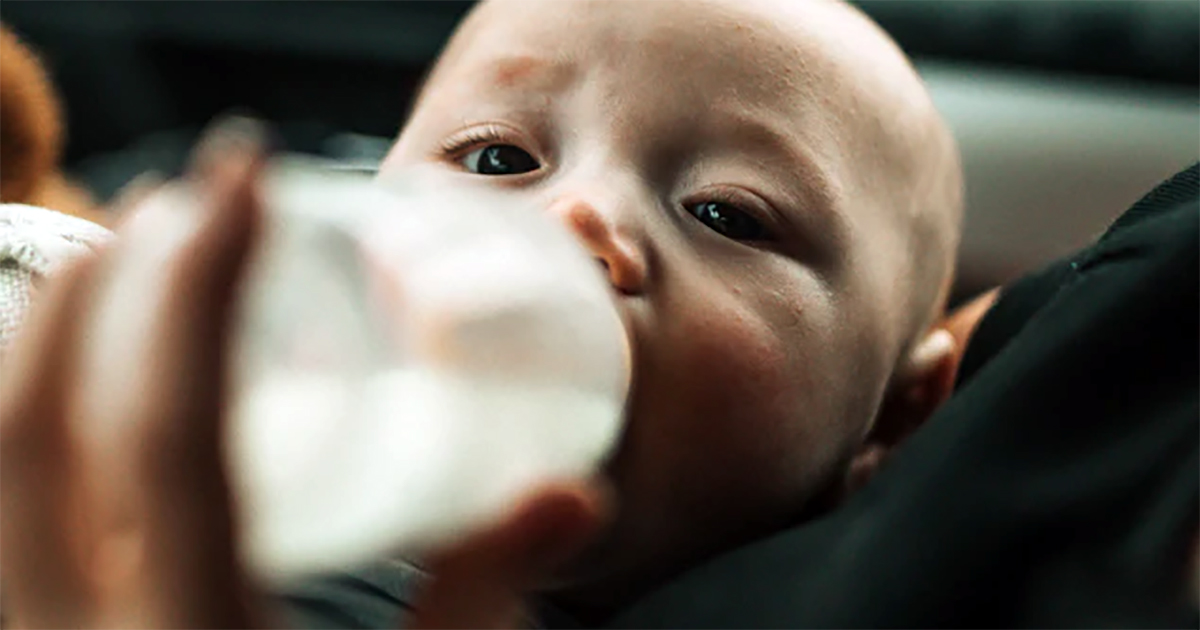Bottle-fed babies are swallowing millions of microplastic particles a day, the latest research has found.
The recommended high-temperature process for sterilising plastic bottles and preparing formula milk caused bottles to shed millions of microplastics and trillions of even smaller nanoplastics, scientists found.
This latest research has been hailed as a “milestone” in the understanding of human exposure to tiny plastics far smaller than the width of a human hair.
Polypropylene bottles common
The polypropylene bottles tested make up 82 per cent of the world market, as polypropylene is one of the most commonly used plastics.
Glass bottles, deemed less likely to cause the ingestion of particles hazardous to health, are the main alternative.
Preliminary tests also found polypropylene kettles and food containers produced millions of microplastics per litre of liquid.
The study shows that food preparation in plastic containers can lead to exposure thousands of times higher than microplastics in the environment that contaminate human food and drink.
Particles excreted or absorbed by body
Scientists say there is an “urgent need” to assess the issue, particularly for infants.
This is despite the health impact being unknown at the moment.
Professor John Boland at Trinity College Dublin in Ireland, said: “A study last year by the World Health Organization estimated adults would consume between 300 and 600 microplastics a day – our average values were on the order of a million or millions.”
He said many of the particles would simply be excreted.
However, how many could be absorbed into the bloodstream and travel to other parts of the body should be the subject of further investigation.
Accidental finding
The research, published in the journal Nature Food, began with an accidental finding.
One researcher, who was developing filters, found they kept getting clogged with microplastics.
These were subsequently traced back to polypropylene lab equipment.
Guidelines to make baby formula produced microplastics
They first followed international sterilisation guidelines to make baby formula in 10 different feeding bottles.
This involves sterilising the bottles with 95°C water.
The formula powder is then shaken in the bottle with 70°C water.
Both the hot water and shaking steps produced a lot of microplastics.
Nanoplastics are many times smaller than the width of hair and are very hard to count, but the scientists estimated trillions were produced per litre of fluid.
On average, they estimated that babies are exposed to 1.6 million microplastic particles a day during their first year of plastic bottle-feeding.
The United States, Australia and European countries had the highest levels at more than 2 million particles per day, due to higher levels of bottle feeding.
Guidelines to reduce microplastic exposure
The team has also produced sterilisation guidelines to reduce microplastic exposure.
The scientists suggest an additional washing step that can cut the microplastics produced during usual formula preparation.
Water boiled in a non-plastic container and then cooled is used to rinse the bottle three times after sterilisation.
The formula is also made in a non-plastic container, then cooled and poured into the clean bottle.
However, Boland also added that plastics are "wonderful" materials with a lot of applications.
The next step is to make them safer and and more resilient to use.
We deliver more stories to you on LinkedIn
Top photo via Unsplash
If you like what you read, follow us on Facebook, Instagram, Twitter and Telegram to get the latest updates.
